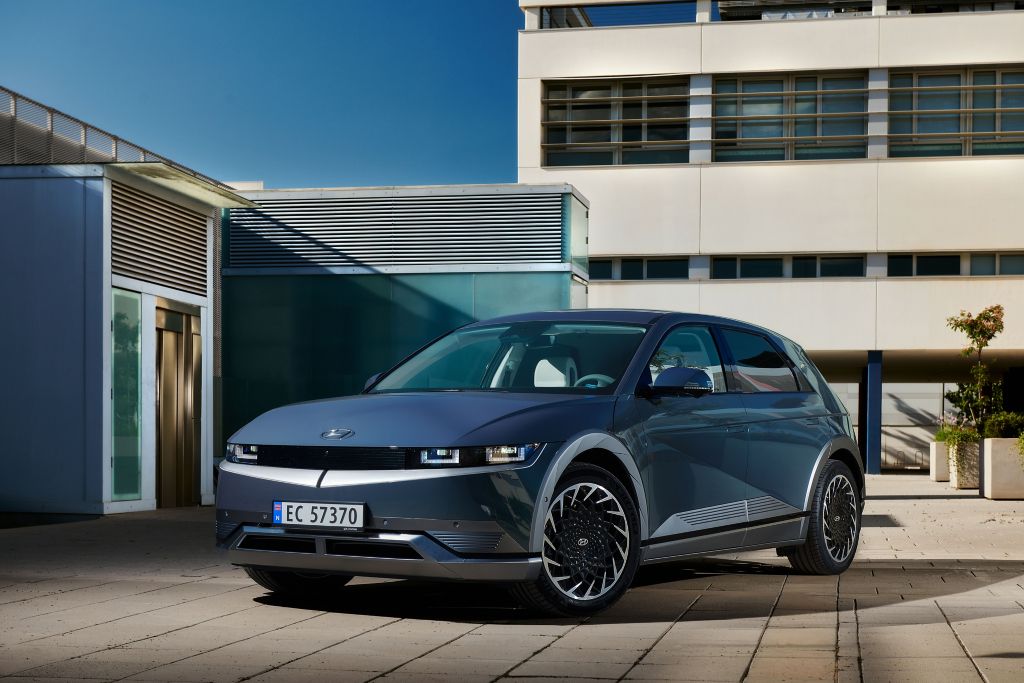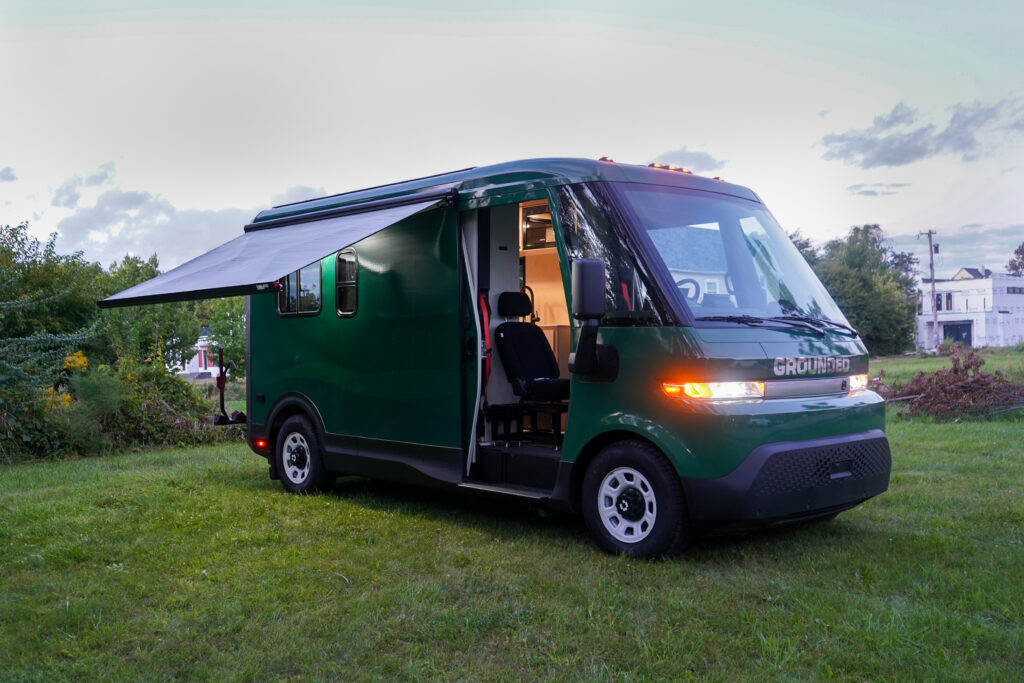
The gap between interest in buying an electric car and owning an electric car begs the question: What are the hurdles preventing the widespread adoption of EVs, and, more importantly, are they capable of being cleared?
There’s no getting around it: buying electric cars costs more, at least initially, than gas-powered cars. The average transaction price for all new vehicles in December 2022 was $49,507, according to Kelley Blue Book. The average transaction price for all electric vehicles was $61,448.
If consumers are able to overcome the initial higher costs, they should be able to make up that difference, if not surpass it, as EV ownership generally costs less than gas-powered cars. The money starts to come back in the form of tax credits. A federal tax credit of up to $7,500 per EV may be available depending on the model of EV as well as the owner’s tax liability. State governments also offer varying tax credits and other incentives that can further reduce the cost.
EV drivers will see additional savings over the lifetime of their ownership, as these vehicles cost less to maintain and operate. EVs don’t require oil changes or air-filter replacements, for example. AAA research found, if maintained according to the automakers’ recommendations, annual EV maintenance costs $330 less than that of gas-powered cars. Then comes the all important factor of “fuel.” While electricity does cost money, it pales in comparison to the price of gasoline. As such, the power required to drive 15,000 miles per year in an EV costs an average of $546, according to AAA, less than half the price of the amount of gas required to travel the same distance.
All told, AAA found the total cost of an EV over five years and 75,000 miles of driving to be less than $600 more than owning a comparable gas-powered car.
The AAA Cost Calculator can help estimate the cost of owning an EV over 5-years.
An automotive survey conducted by Deloitte listed driving range to be the second leading concern amongst U.S. consumers regarding all-battery-powered electric vehicles (behind cost).
This is one problem that, although valid, shouldn’t pose the level of concern that it does. While limited driving range used to be a major issue — not too long ago, it was difficult to find an EV that could travel more than 100 miles on a single charge — it’s becoming less so with each passing year. Today, there are numerous models that can travel 200 miles. Tesla cars, including the best-selling Model 3, feature batteries capable of more than 350 miles. The Lucid Air boasts a range of 500 miles.
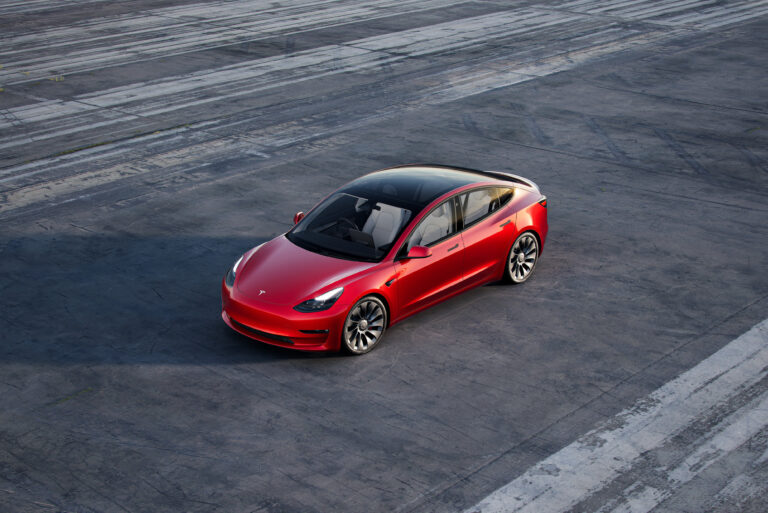
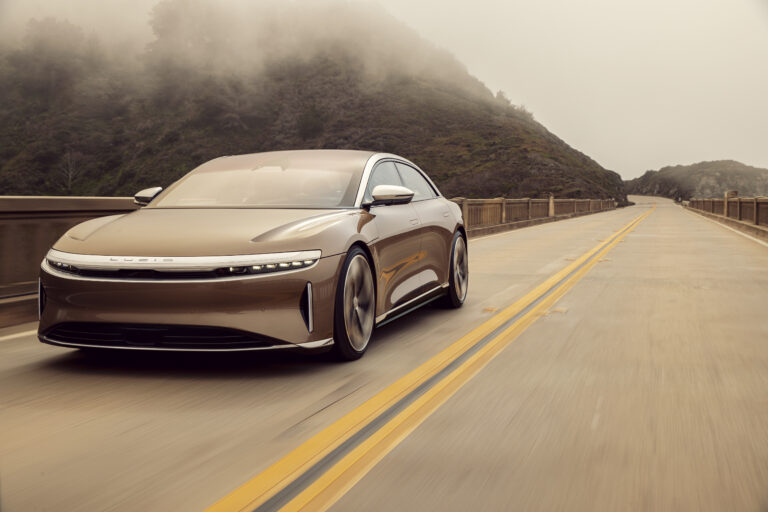
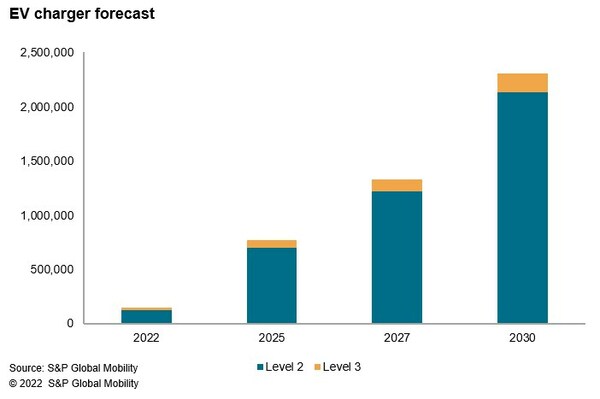
AAA’s Recommendation: Whether you own an electric vehicle or a gas-powered car is up to you – and you should consider lots of factors in making that choice. No matter what type of vehicle you’re choosing, we recommend visiting a dealership, test driving one, and asking as many questions as possible to make an informed decision.










